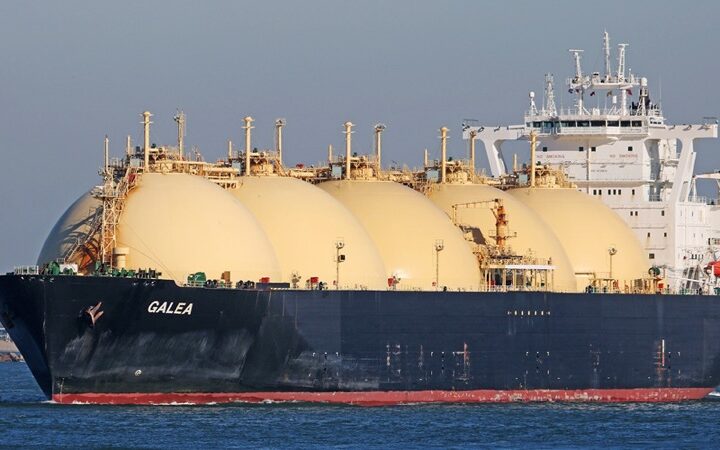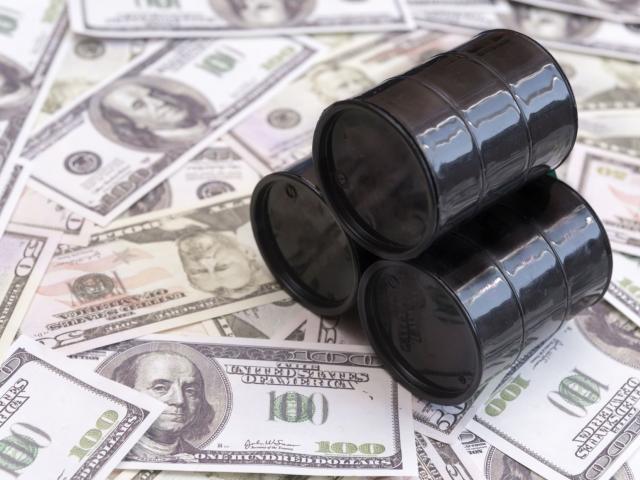.
Marcuard's Market update by GaveKal Dragonomics
By Anatole Kaletsky
The market reaction made good sense, assuming that the opinion polls — which turned out to be uncannily accurate in the first round of the French election — prove right again and Emmanuel Macron wins by a landslide on May 7. The polls may, of course, be completely wrong and Marine Le Pen may become the next President of France, as Charles Gave believes is still quite likely. But for this to happen the polling error would have to be many times larger than it was in the case of Brexit or Trump.
A Le Pen victory, or indeed an upsurge of support for the National Front in the June 18 parliamentary election, should therefore be seen as an extreme tail-risk.
The baseline scenario must now be that the tide of populist, anti-globalisation politics that threatened to sweep across Europe from the US and Britain is now ebbing. If so, markets will stop worrying about the German election in September (never, in reality, a serious threat, as evidenced by this week’s fragmentation of the anti-euro AFD party) and even about the genuinely unstable political situation in Italy (which will need to be resolved by elections early next year).
As European election fever subsides, global investors will shift their attention from the political risks of another euro crisis or even a breakup of the entire European Union, to three economic forces — which together are very conducive to a sustained bull market in European assets:
1) A striking improvement in economic data in most of the eurozone, with the partial exceptions of Italy and Greece. Last year, for example, GDP growth in the eurozone (1.7%) was marginally higher than in the US (1.6%) and GDP growth per head was substantially higher. Leading indicators suggest this pattern is likely to be repeated in the first quarter of 2017.
2) A guarantee of extremely supportive monetary conditions for years ahead, with the European Central Bank continuing large-scale bond purchases well into 2018 and almost certain to keep interest rates near zero for a long time beyond.
3) A new German government that after September’s election will no longer have to worry about public opposition if it agrees to more collaborative and expansionary policies in the eurozone. If France shows even slight evidence of willingness to pursue economic reforms, Franco-German cooperation to stabilise and strengthen the eurozone will become much more likely. In turn, that should help to soothe the anti-euro sentiment developing in Italy.
.png) The improvement in EU economic, monetary and business conditions, especially in relation to the US, began in early 2015 when the ECB definitively ended the euro crisis with its enormous quantitative easing (QE) programme, which effectively monetised and mutualised a large portion of eurozone government debt.
The improvement in EU economic, monetary and business conditions, especially in relation to the US, began in early 2015 when the ECB definitively ended the euro crisis with its enormous quantitative easing (QE) programme, which effectively monetised and mutualised a large portion of eurozone government debt.
As global investors have noticed these improvements, they have repeatedly been tempted to take advantage of the unprecedented gap in performance between US and European assets to rotate out of US assets into the EU. Such rotations occurred in the risk-on periods of early 2015, the summer of 2016, straight after Trump’s election victory, and again in the past two months.
These risk-on periods began to narrow the performance gap between the US and Europe, but in each case, the enthusiasm for Europe was snuffed out by political shocks — in mid-2015, the fears of Chinese financial crisis; in the late 2016, the US election, and early this year by the fears about politics in France.
.png) European assets have become steadily more attractive relative to their US peers from a cyclical standpoint. The US economic cycle is now quite mature. And this latter phase of the cycle tends to be less profitable for investors, as inflation accelerates, monetary policy tightens and profits stabilise or decline.
European assets have become steadily more attractive relative to their US peers from a cyclical standpoint. The US economic cycle is now quite mature. And this latter phase of the cycle tends to be less profitable for investors, as inflation accelerates, monetary policy tightens and profits stabilise or decline.
Meanwhile, the European business and profit cycles are still in their early stages, inflationary pressures are many years away, and monetary policy is still easing, with the ECB continuing to buy vast quantities of government bonds. In other words, the eurozone is only just beginning the Goldilocks period that has been so profitable to investors in US assets and the US dollar, while the US economy is now moving away from Goldilocks conditions into a more dangerous phase.
This unprecedented divergence between business cycles, profit cycles and monetary cycles in the US and Europe provides a powerful incentive for rotating out of US assets and the dollar, and into EU assets and the euro. Until last Sunday, this incentive was negated by the risk of a huge political shock in France, possibly triggering a euro breakup. Assuming the polls are right, this political risk has now been reduced to insignificant levels. If so, outperformance by EU equities and the euro relative to US equities and the dollar will be one of the biggest investment stories of the next few years.







